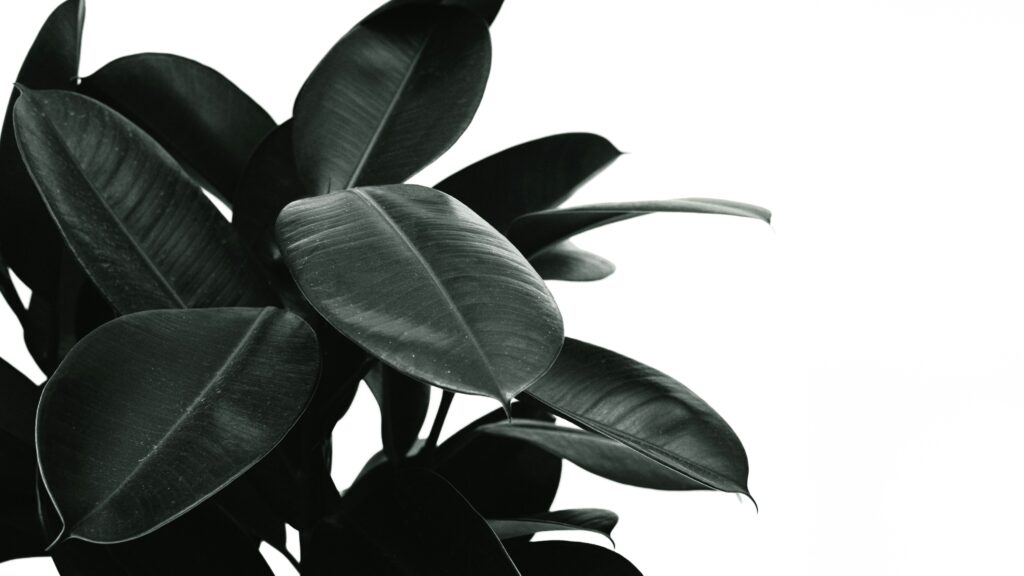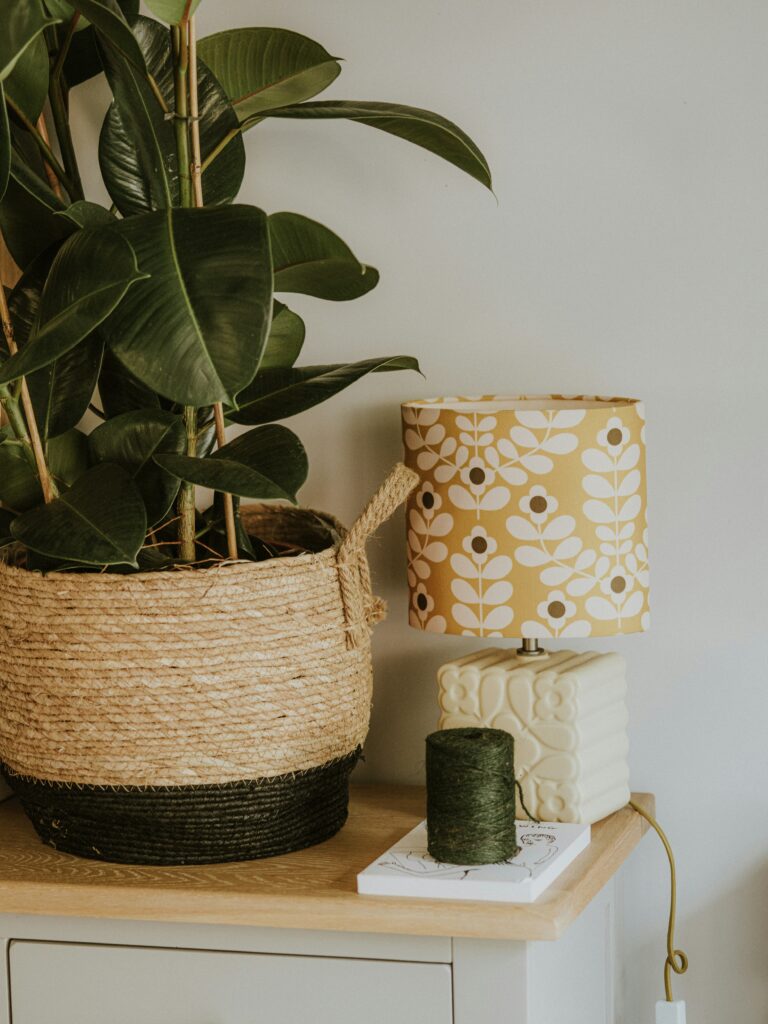Are you ready to elevate your home decor with a stunning and low-maintenance plant? Look no further than the Rubber Plant (Ficus Elastica), a member of the Moraceae family. It’s stunning, dark green, leathery leaves make it a fantastic addition to any space. In this blog, we’ll dive into the world of Rubber plant care, propagation and benefits, so you can enjoy the beauty and advantages of this wonderful plant.
Key Facts:
Before we dive in, here are some essential facts to keep in mind:
- Light: Bright, indirect sunlight is ideal, but these plants can tolerate low light conditions.
- Water: Avoid overwatering by checking the soil moisture regularly. Water only when the soil feels parched.
- Temperature: They love warm temperatures between 60 F and 75 F.
- Humidity: These plants prefer a slightly humid environment, but can adapt to average humidity levels.
- Growth: With proper care, these plants can grow quite tall, making them a great addition to homes and offices.
- Pruning: Regular pruning is necessary to maintain their health and appearance.
- Toxicity: Keep in mind that they are mildly toxic if ingested, so keep them out of reach of pets and children.

Propagation Methods
Want to multiply your plant? Try these two methods:
Stem Cutting:
- Cut a healthy stem section (4-6 inches long) with at least one node.
- Place the cutting in water, making sure the node is fully submerged.
- Change the water every few days to prevent fungal diseases.
- Alternatively, plant the cutting in well-draining soil with peat, perlite, and pine bark. Water gently and wait for roots to form.
Air Layering:
- Choose a healthy stem section (6-12 inches from the tip).
- Make a horizontal cut about 1 inch wide.
- Wrap wet sphagnum moss around the stem and cover with plastic wrap.
- Maintain the moss’s moisture and be patient, allowing roots to grow. Once roots form, cut the stem below the rooted area and plant in soil.
Benefits:
These plants offer more than just aesthetic appeal. Discover the advantages that come with having this plant:
- Air Purification: They purify the air by removing pollutants like formaldehyde, benzene, and trichloroethylene.
- Humidity Regulation: These plants release moisture as they absorb water, making them beneficial for dry environments.
- Stress Reduction: Studies show that being around plants like them can reduce stress and promote relaxation.
- Feng Shui Value: According to Feng Shui, they bring wealth, prosperity, and positive energy to your home.

Common Problems and Pests
Be aware of these common issues and take action to prevent them:
- Yellowing Leaves: Overwatering, underwatering, nutrient deficiency or cold drafts can cause yellowing leaves.
- Brown Leaf Tips and Edges: Low humidity, underwatering, excessive fertilizing, or salt buildup can lead to brown leaf tips and edges.
- Drooping Leaves: Overwatering, underwatering, root bound, or pests/diseases can cause drooping leaves.
- Common Pests: Keep an eye out for spider mites, mealybugs, aphids, and scale insects.
As your Rubber Plant grows and thrives, remember to appreciate the little joys in life-like the beauty of nature in your own home.
Discover more from indoorplantart.com
Subscribe to get the latest posts sent to your email.


Pingback: 6 Pest-Resistant Houseplants - indoorplantart.com